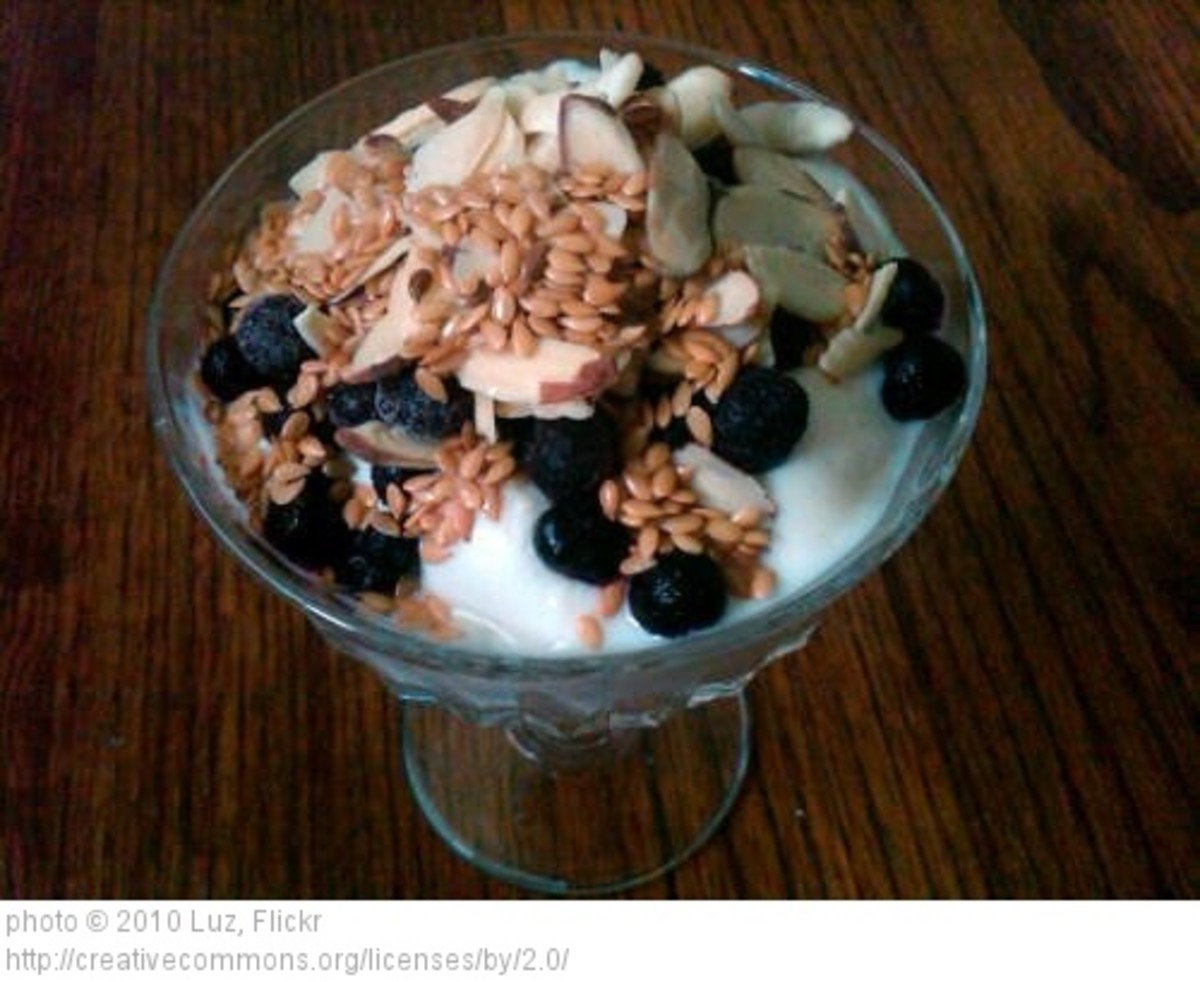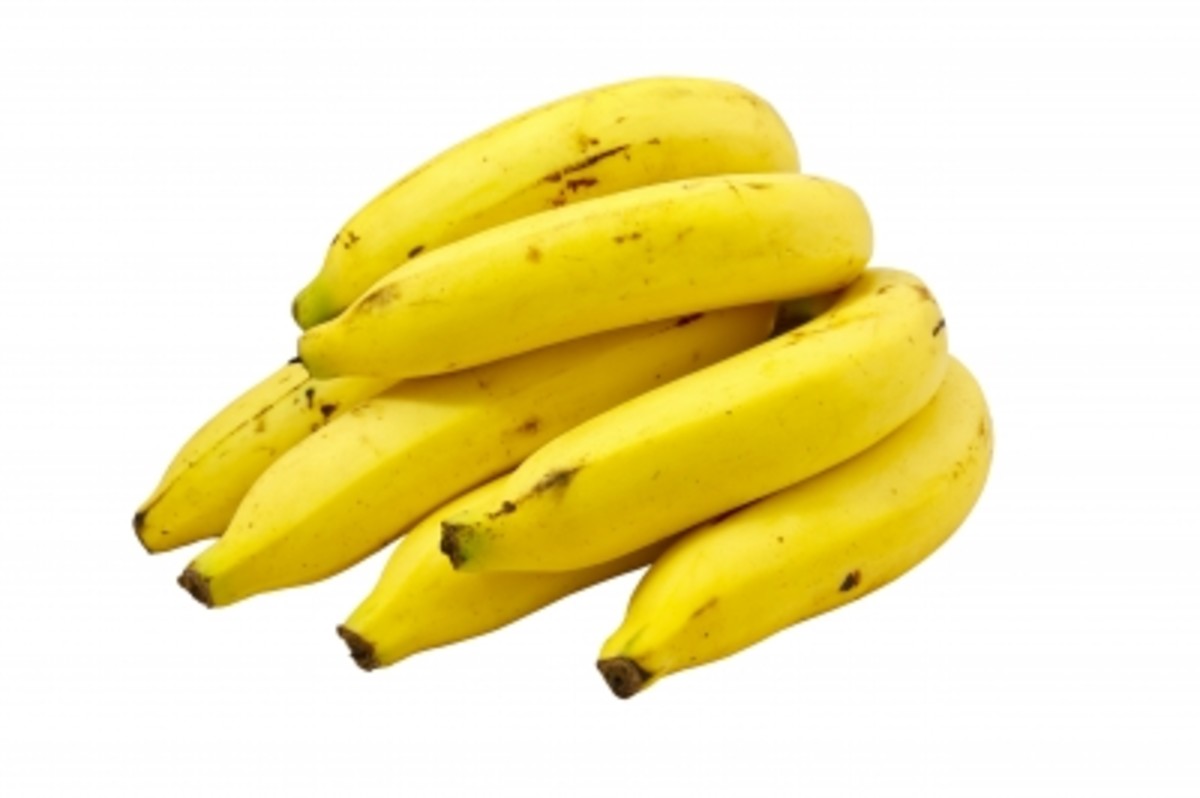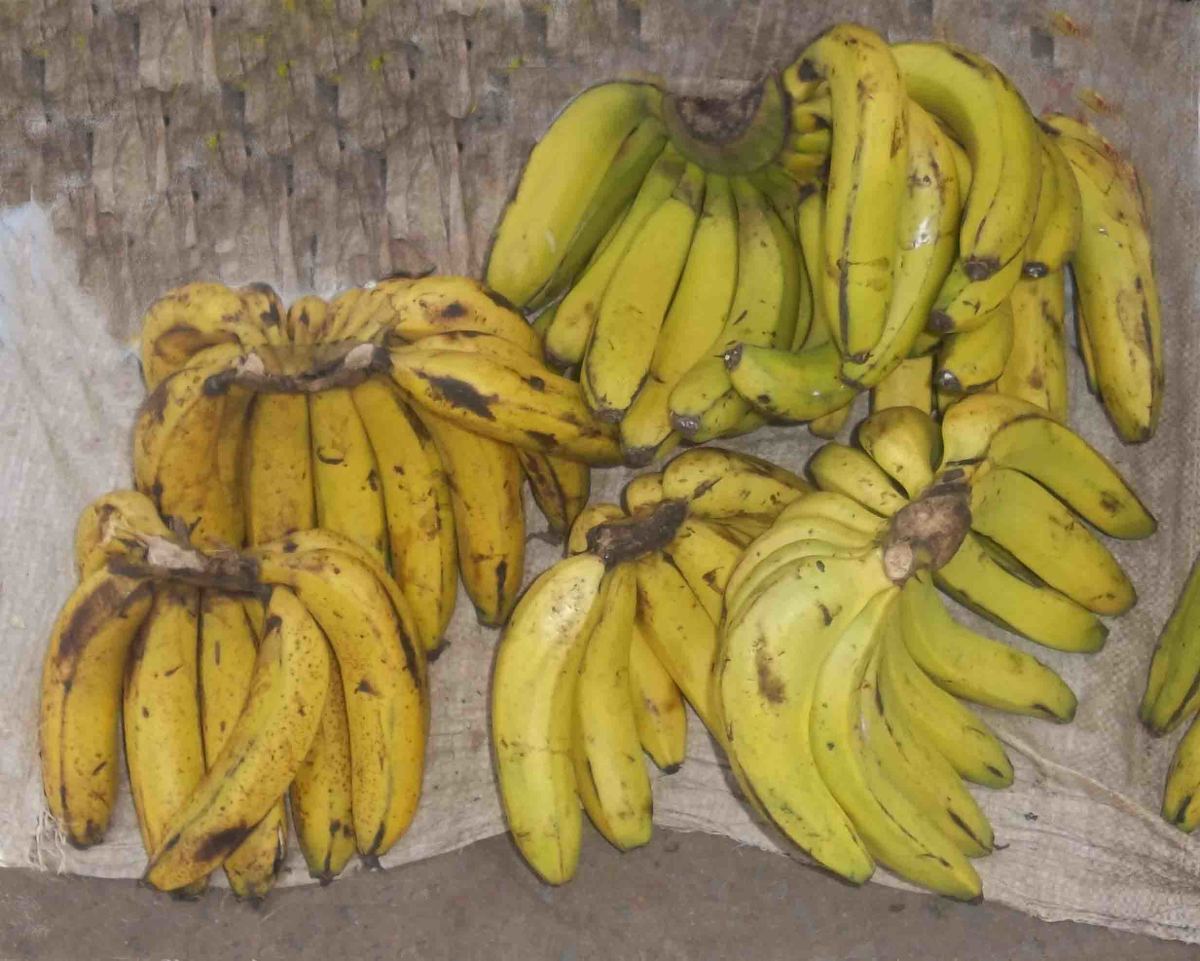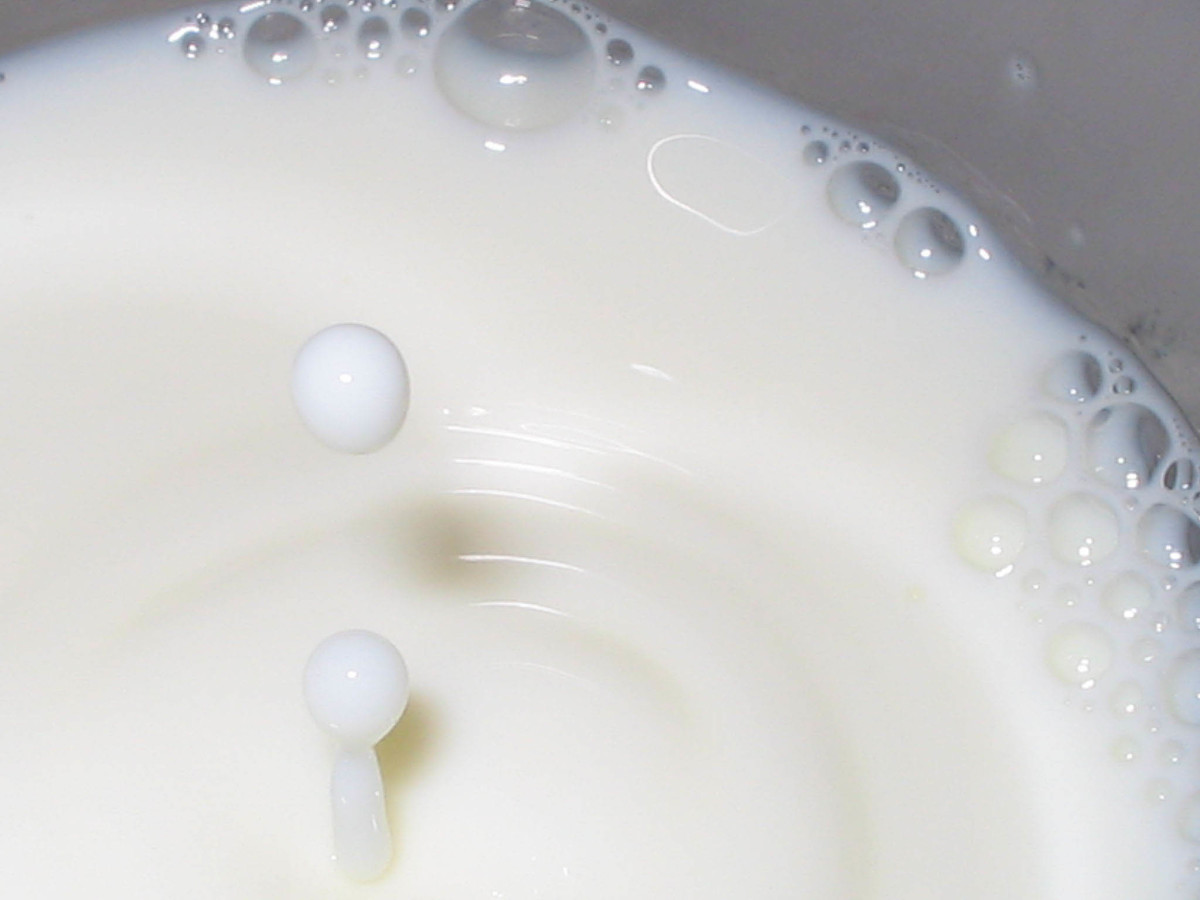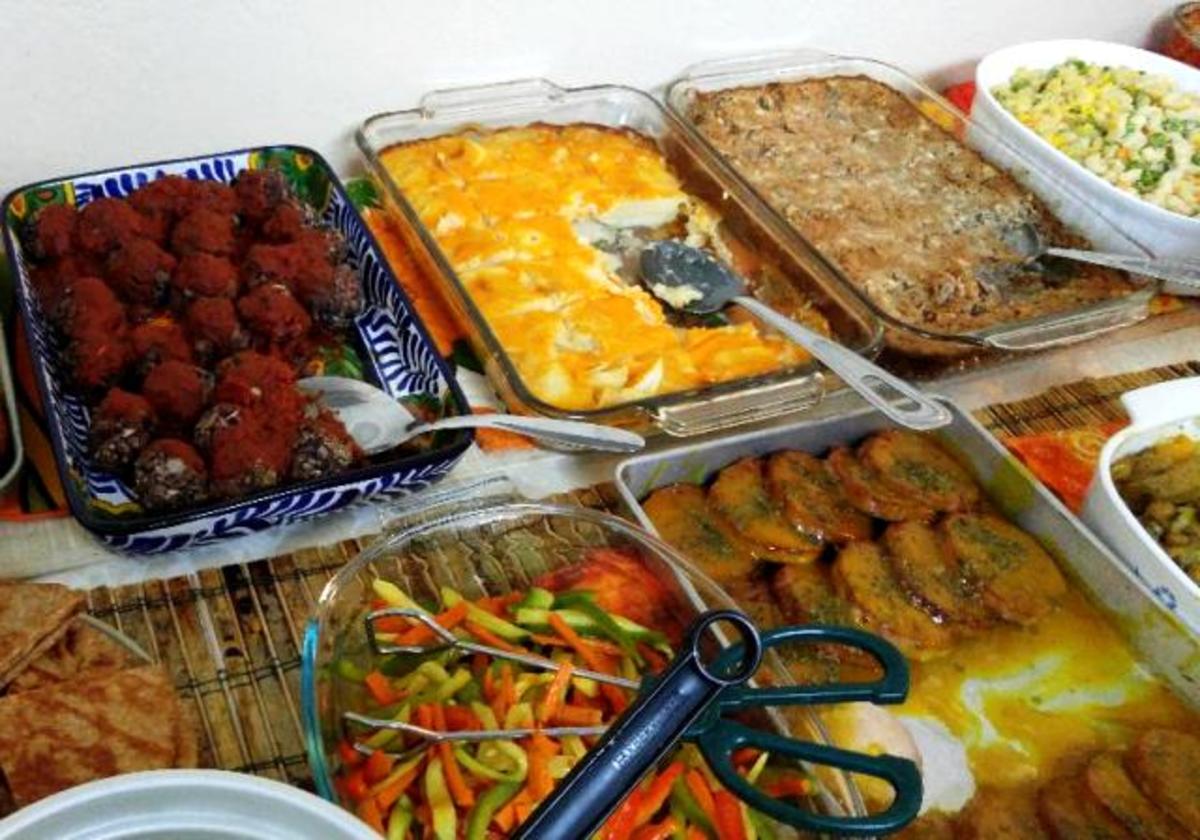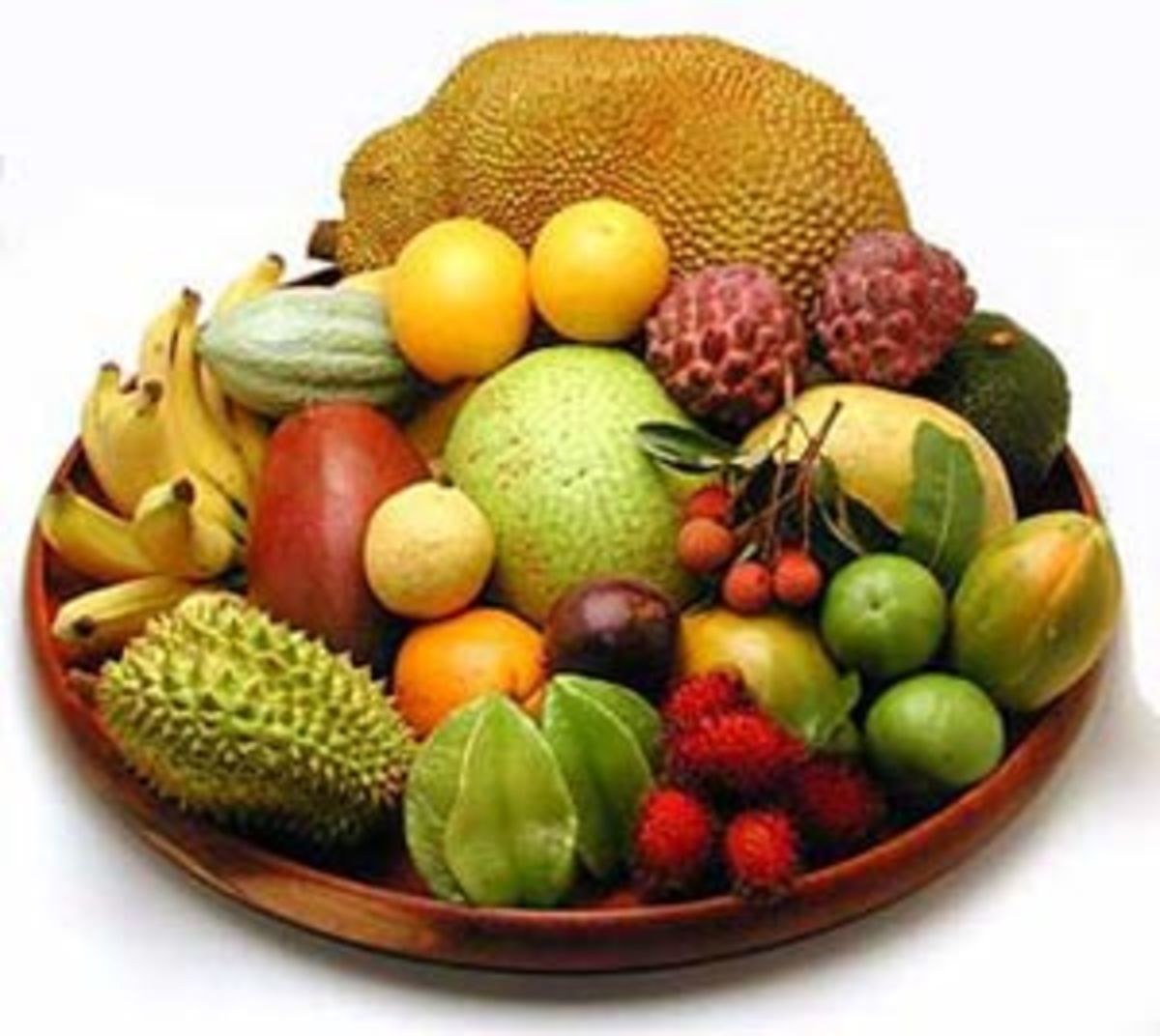How To Choose and Ripen Bananas
Most of us eat bananas, but it is clear that we have been doing it wrong. When pondering why this is the case, I considered the humorous possibility that cartoons are to blame with their depictions of bright yellow bananas being eaten by monkeys. There had to have been some 'programming' going on as we sat in front of the tv in our childhood - perhaps with a matching yellow banana of our own. Or maybe it's the packs of fruit juice on the supermarket shelves showing perfectly yellow bananas displayed with other tropical fruit that makes us think that this is what ripe bananas look like.
But that is not the case. In fact, they need to be slightly over-the-hill looking - with brown spots on them - before they can be considered ripe enough to eat raw. No, they aren’t going bad at this stage. In fact, this is when they are perfect.
And it makes sense. We always wait until bananas are 'overripe' before we use them in our baking. This is because, until they are in this state, they do not provide the sweet banana flavour that makes banana breads and cakes so nice. Yet, for some reason when we eat bananas raw, we fail to follow this same simple idea.
Banana Digestion
Bananas are much easier to digest when they are ripe. Most of us will relate to this. How many times have you eaten a beautifully yellow banana, and gotten a stomach ache? When bananas are under ripe, they contain a high amount of uncooked starch that is not easily digested by your body.
For this reason people sometimes shy away from bananas. But that's a shame, when it is only a matter of a little re-education. Maybe there should be stickers on bananas that say 'Eat When Spotty'.
Eating bananas at the correct stage is particularly important if you eat a lot of bananas - as you would on a raw vegan diet - or any high fruit diet. Generally, people either don’t eat bananas, or they limit how many they eat because they experience poor digestion. Waiting till the bananas have ripened and the starches have changed to sugars will eliminate this problem.
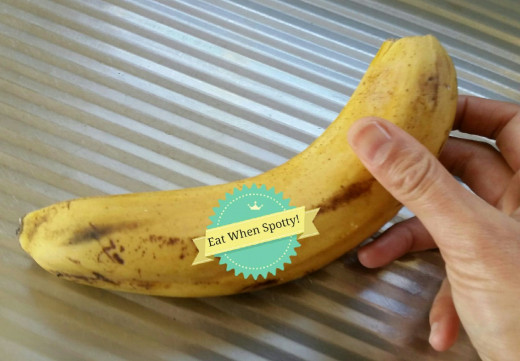
Do You Eat Bananas When They Are Ripe and Spotty
Ripe is Rare
Everywhere you go you find attractive yellow bananas that aren’t ready for eating. Obviously they are sold in shops at this early stage so that grocers can avoid wastage - which is always a consideration when selling perishable goods. It is our responsibility, as the consumer, to then bring our bananas to a stage where we can eat them.
It is also worth noting that because of these considerations, bananas are sometimes harvested earlier than they should be . The problem with this is that bananas which have been harvest too early will never fully ripen.
In light of this, the pursuit of eating well-ripened bananas begins during purchasing. There are some things you can look for to ensure that, while bananas may be clearly unripe on the shelf, they will reach fragrant spotty ripeness in your kitchen.
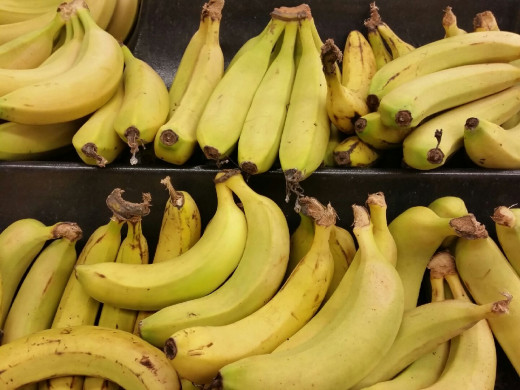
4 Things To Consider When Buying Bananas
- Shape
- Smell
- Size
- Colour
How To Select Bananas
Although we consider bananas to have a sort of bent tubular shape, they in fact have ‘corners’. When bananas are very young and still on the tree, these corners are very distinctive. As the bananas grow the edges become less pronounced. When selecting bananas in the supermarket, where possible buy those with the least pronounced edges, as this indicates that they were harvested later, and therefore have a better chance of ripening fully.
Colour can give some indication of ripeness. If you are buying bananas to eat raw, never buy dark green bananas. Dark green bananas will never ripen to a sweet stage suitable for eating. Green bananas are cooked when green and eaten as a starchy food in Asia and the Pacific, the way you would eat potatoes or rice. Instead, select bananas that are mostly yellow or, at the least, a lime green. If they have a little green on them, that is alright, but the yellower the better.
When bananas are likely to ripen, even on the supermarket shelves, they will have a faint but distinctive banana fragrance. The more obvious this fragrance, the better your bananas are likely to be. The smell indicates that the bananas are going through their natural conversion from starch to sugar.
Although bananas differ widely in size, if you are selecting from bananas of the same type, the larger ones will generally tend to be your better picks. Although this is not always the case, the smaller ones have sometimes been picked earlier, and may not ripen as successfully as the larger ones.
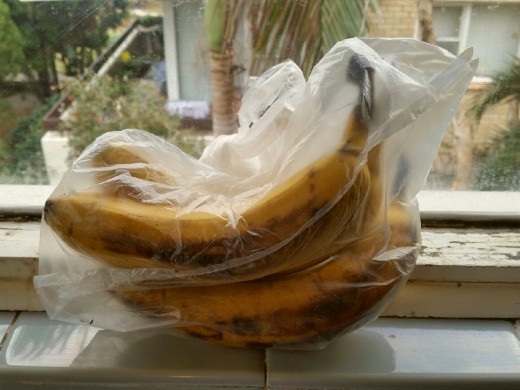
How To Ripen Your Bananas
If you live in the tropics, you may be more challenged by using up all your bananas before they go bad, than by trying to ripen them. But for most of us, the challenge is always having a ripe banana (or 5!) to eat when we want one.
There are many ways to ripen bananas, but the main thing that is needed is warmth - hence the difficulty in ripening bananas in cool climates. There are various methods of ripening bananas, but your main goal is to keep them warm..
A good method is to seal them in an airtight plastic bag and then wrap in any heavy fabric like a towel or a blanket. Place in the warmest part of the house and leave for a couple of days. Check them every few days to see how they are progressing. They should feel slightly warm to the touch, will begin to smell sweeter and turn a more brownish yellow, eventually getting little spots on them. If you notice condensation on the inside of the plastic bags, that is good, because it indicates that the temperatures in your set up are high enough to encourage the ripening that you are seeking. It creates an artificial environment that mimics the conditions bananas are in while they are growing in tropical areas.
Another Ripening Technique
Make A Basic Banana Meal
Once you have mastered the art of having a constant supply of bananas, you need some simple recipes that can take advantage of this excellent source of natural carbohydrates. Bananas are filling and calorie dense enough to make a complete meal out of. Banana meals are very popular among those who follow the raw vegan diet, raw foodists and others who follow a high fruit diet. Although it may seem revolutionary to frequently make a meal almost exclusively comprised of bananas, on a standard diet we commonly eat single foods a lot more than we realise.
The best example of this is wheat. Many of us could very easily have toast for breakfast, wheat pasta for lunch, cookies for afternoon tea and then perhaps some bread with our dinner.. Although this seems completely normal to most of us, 3 of these meals out of the 4 are almost exclusively made up of wheat - just in different forms.
While being nutritious, bananas are also extremely low in fat, which makes them an excellent food for eating in large quantities.
One of the easiest to eat and most common of banana meals is the Basic Bananas Smoothie. The great thing about the Basic Banana Smoothie is that it is basically just fruit. It doesn't contain any dairy and is sweetened by dates. You can also make an infinite amount of small changes to the basic recipe (like the addition of spices) to make it more palatable for you.
Basic Banana Smoothie
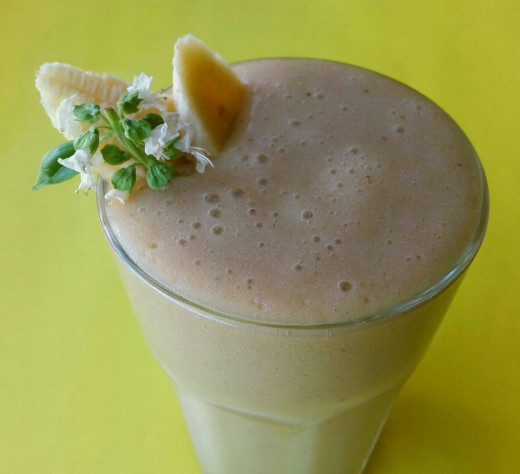
Preparation
Ingredients
- 8 large Bananas, ripe and spotty
- 100 grams Dates
- 1 cup Water
- 1/4 teaspoon Spices, e.g. cinnamon, ground ginger, nutmeg (optional)
Instructions
- Check dates for any pits and remove them
- Soak dates in the water for about an hour
- Put all ingredients (including date-soaking water) into a blender
- Blend until smooth, adding more water as necessary, to achieve the desired consistency.
- Serve immediately
| Nutrition Facts | |
|---|---|
| Serving size: 1.5 litres | |
| Calories | 887 |
| Calories from Fat | 18 |
| % Daily Value * | |
| Fat 2 g | 3% |
| Carbohydrates 230 g | 77% |
| Sugar 148 g | |
| Fiber 26 g | 104% |
| Protein 10 g | 20% |
| Sodium 7 mg | |
| * The Percent Daily Values are based on a 2,000 calorie diet, so your values may change depending on your calorie needs. The values here may not be 100% accurate because the recipes have not been professionally evaluated nor have they been evaluated by the U.S. FDA. | |
Would you try having a Basic Banana Meal?
- Benefits of Papaya - Using the Fruit, Seeds, Flowers and Leaves
The benefits of eating papaya include good digestion & healthy skin, but if you use the leaves, seeds and flowers the papaya plant has medicinal properties too - including cancer fighting properties. - 7 Tips For Starting A Raw Vegan Diet
More people around the world are exploring the principles of a Raw Vegan Diet and applying it to their lives. Discover 7 Tips for transitioning successfully from a standard diet to a Raw Vegan Diet. - Easy Healthy Breakfast Smoothies
Could eating healthy breakfast smoothies set you off on the right foot for the day? Find out about the benefits of smoothies - and discover the easy and healthy low fat Carrot Breakfast Smoothie. - Who Is Freelee The Banana Girl?
Freelee the Banana Girl, as she is known, is a pioneer and leader within the Raw Vegan Community and in the growing High Carb Movement. She is also the inspired creator of the Raw Till 4 Lifestyle.

